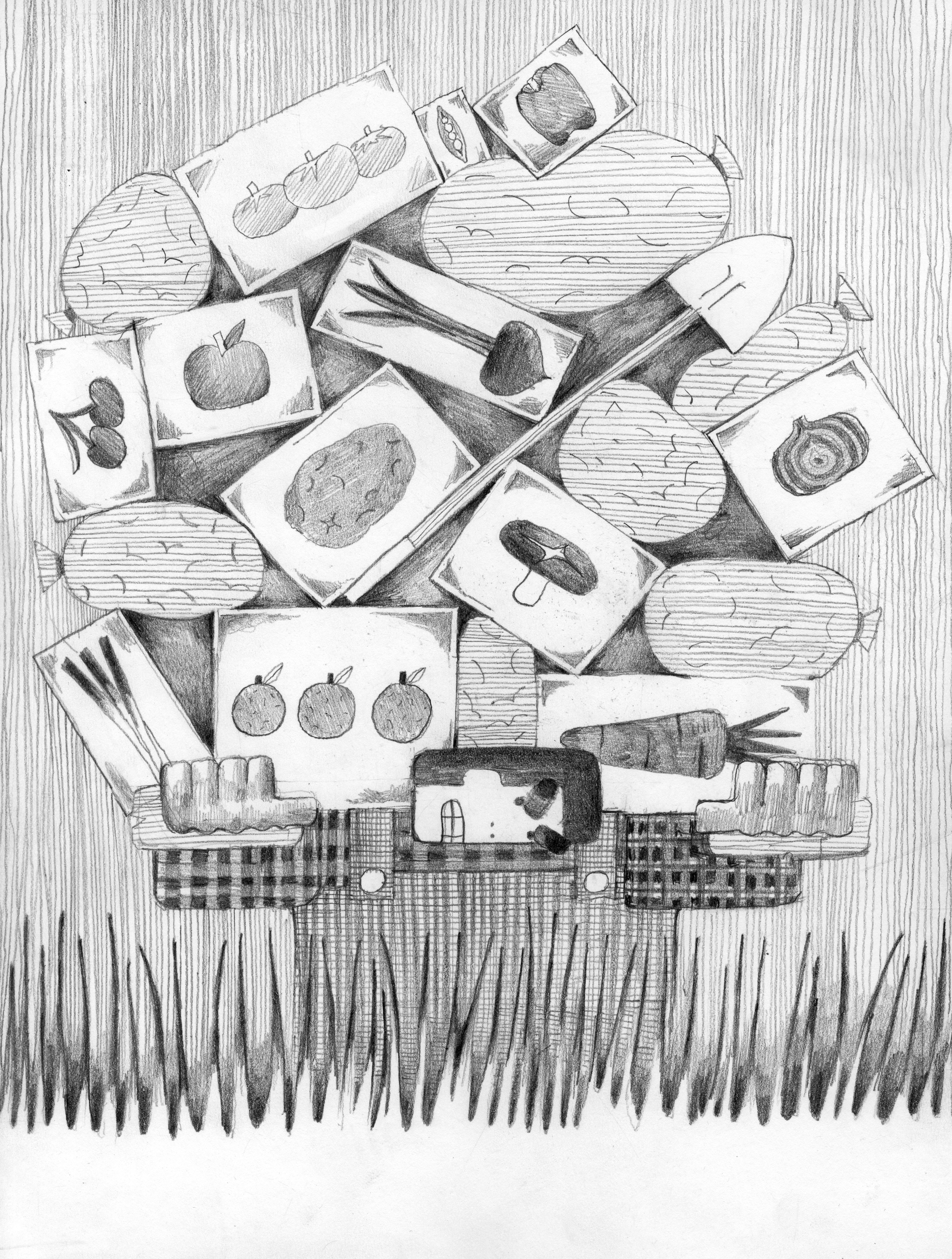As hundreds of tractors blocked the roads to Paris this February, manure burned on the streets. Statues of commercial magnates in Brussels were torn down, and in Rome, a farmer effigy was hung near parliament. Farmers across the European Union are protesting the agricultural reforms included in the new EU environmental plan. The recent regulations demand more sustainable farming practices, such as reducing pesticides and implementing crop rotation, but expect farmers to cope with the same demand for produce, effectively placing an involuntary yet uncompensated burden on farmers who are already struggling to navigate a dying industry. These policies, combined with the European Union-Mercosur agreement that encourages Europe to trade with Latin America, will lead to an increase in produce imports from countries that have less strict agricultural regulations. Farmers naturally fear that the influx of imported agricultural products will put them out of business.
Agriculture is far from the first sector to suffer from what has become an EU tradition—outsourcing the dirty work when it comes to environmental policy. In 2021 alone, EU countries exported 36 million tons of waste to landfills in Turkey and Malaysia. Despite their alleged environmental consciousness, the Scandinavian countries fall on par with the United States on the sustainable development index due to overconsumption and their constant need to import products from overseas.
A sustainable Europe cannot exist as long as other countries bear the brunt of its excesses. Thus, the European Union’s environmental laws must take a cross-border approach to be effective. Instead of focusing on reducing net waste exports, emissions, or consumption, the European Union has diverted its resources toward symbolic—but ultimately ineffective—environmental policies that continue to feed its material appetites.
The truth is that Europe produces an amount of waste that simply cannot fit on the continent. As a result, the European Union has made deals with Turkey, Malaysia, and other countries to export its trash. The policy has been justified by claims that most of the trash is metal waste, which recipients can supposedly recycle. In practice, only one-third of the European Union’s discarded metal materials are repurposed or recycled by receiving countries, with the rest ending up in landfills. Even though the European Union ostensibly set up protections that prohibit the shipments of hazardous and “destined for disposal” waste to non-Organisation for Economic Cooperation and Development countries, the European Environment Agency glossary’s definition of what counts as “hazardous” presents an environmentally harmful—but economically useful—loophole. The agency defines them as wastes that are “ toxic, explosive, corrosive, radioactive or other characteristics, cause danger, or are likely to cause danger to health or the environment.” These protections only cover untreated waste, whereas the toxic emissions that come from processing remain unclassified. Indeed, workers at Turkish plastic processing plants have reported respiratory issues from the fumes that come from recycling the European Union’s plastic waste. Those who lived in towns near the factories have also reported poor health due to the atmospheric discharge.
That plastic comes from manufactured products, which the European Union imports (and produces) in unnecessarily high amounts. Some regions are more impactful in that regard than others. Although they are consistently on top of the Environmental Performance Index, Scandinavian countries’ carbon emission index rankings fall between 136th and 159th worldwide, a figure reflective of their excessive imports. Since waste is proportional to consumption, many Scandinavian countries also produce a large quantity of waste. Finland, for example, generates 23 tons of waste per capita yearly, according to a 2020 study, which is five times the European Union’s average. Scandinavian social structures may be worth emulating, but Scandinavian environmental policy is ineffective at its very root. It is hypocritical to showcase advancements in recycling when the number of things to recycle rises steadily.
Why, then, are these countries considered “environmentally successful?” In part, it’s their focus on domestic improvement: For instance, in Norway, 82 percent of car sales in 2023 were electric vehicles. The batteries for those vehicles, however, are mostly shipped across the world from China. It follows that European countries outsource not only their waste but also the impacts of their consumption. Nordic Cooperation quoted Stockholm Environment Institute research assistant Katarina Axellson, who said, “The majority of Sweden’s consumption-based emissions occur outside of Sweden. Imports of food, building materials, and fossil fuels generate the largest emissions in other parts of the world.”
The European Union’s goals for the future follow the same trajectory. Princeton professor Tim Searchinger criticized Europe’s 2021 “Fit for 55” climate plan—which focuses on reducing carbon emissions in transportation—for treating land as disposable and ignoring the deforestation that industry changes would lead to in the Amazon. The passage of a 2022 amendment titled “the carbon border adjustment mechanism” does point in a positive direction, insofar as it loosely prohibits the relocation of carbon-intensive industries to nations outside the European Union. However, it remains to be seen if the enforcement of these rules will be rigorous. Manufacturers may well find another loophole, as they did with the waste regulations.
Ultimately, crop rotation is not the farmers’ worst enemy, and ramping up pesticide use will not suddenly make them rest easy. The fear that the European Union will outsource agriculture, as it has other industries, comes from its history of excessive consumption. Regulations that fail to address Europe’s current material culture may get the farmers to stop protesting, but they will not lower the carbon emissions.
The European Union does get a lot of things right with its sustainability initiatives—nature conservation, energy policies, and transportation shifts, to name a few. However, Europe cannot remain a bastion of sustainable development while the rest of the world has to process the products of its overconsumption. Capitalism still drives the geopolitical networks of excess and bores its way into environmental legislation. The undoing of such networks is a much broader conversation, but when it comes to Europe, one thing is clear: A green future lies in international cooperation and gauging the needs of every country—not just the wealthy ones.
